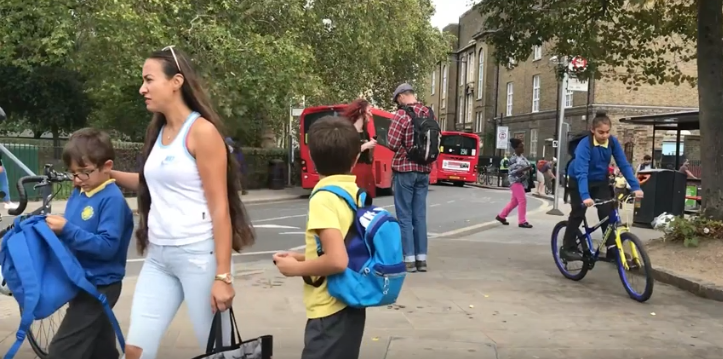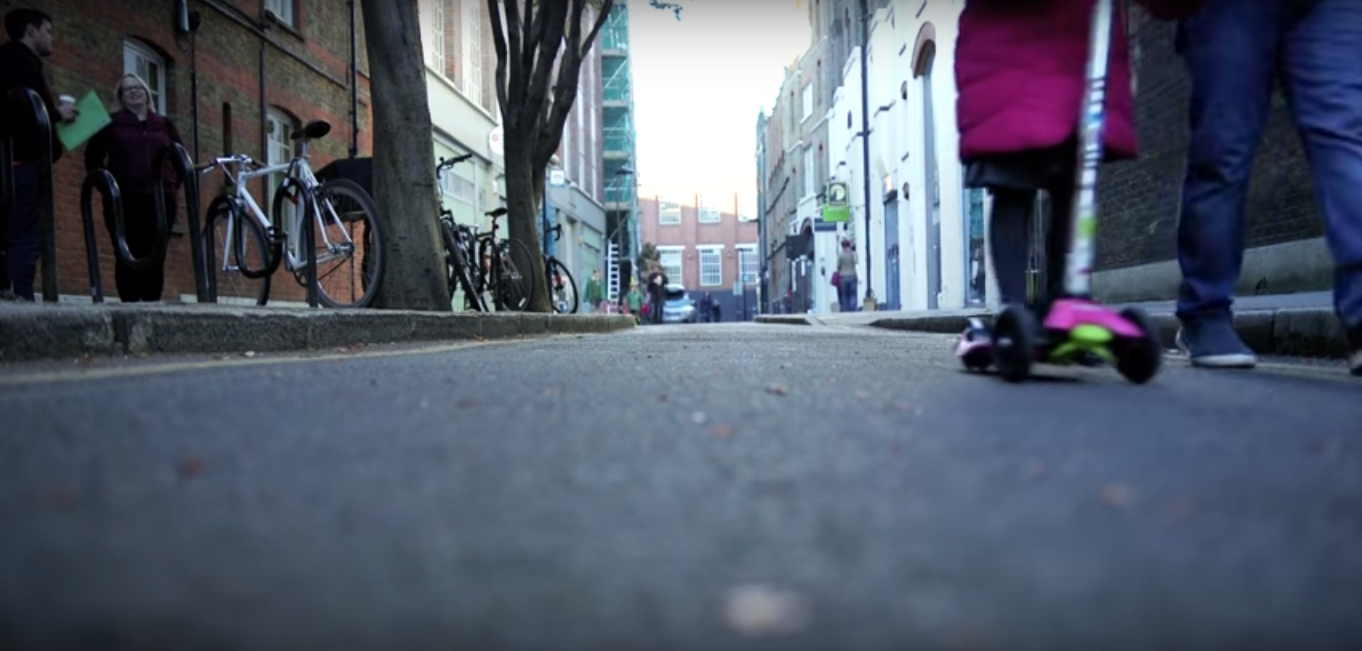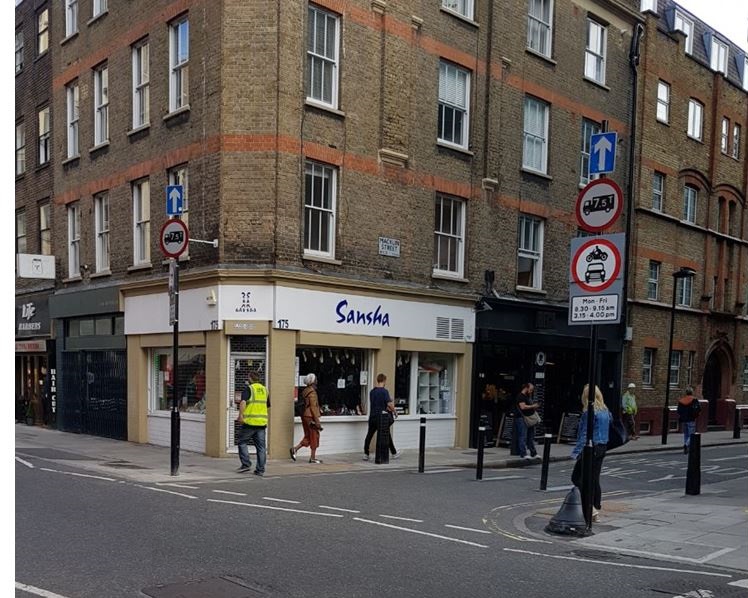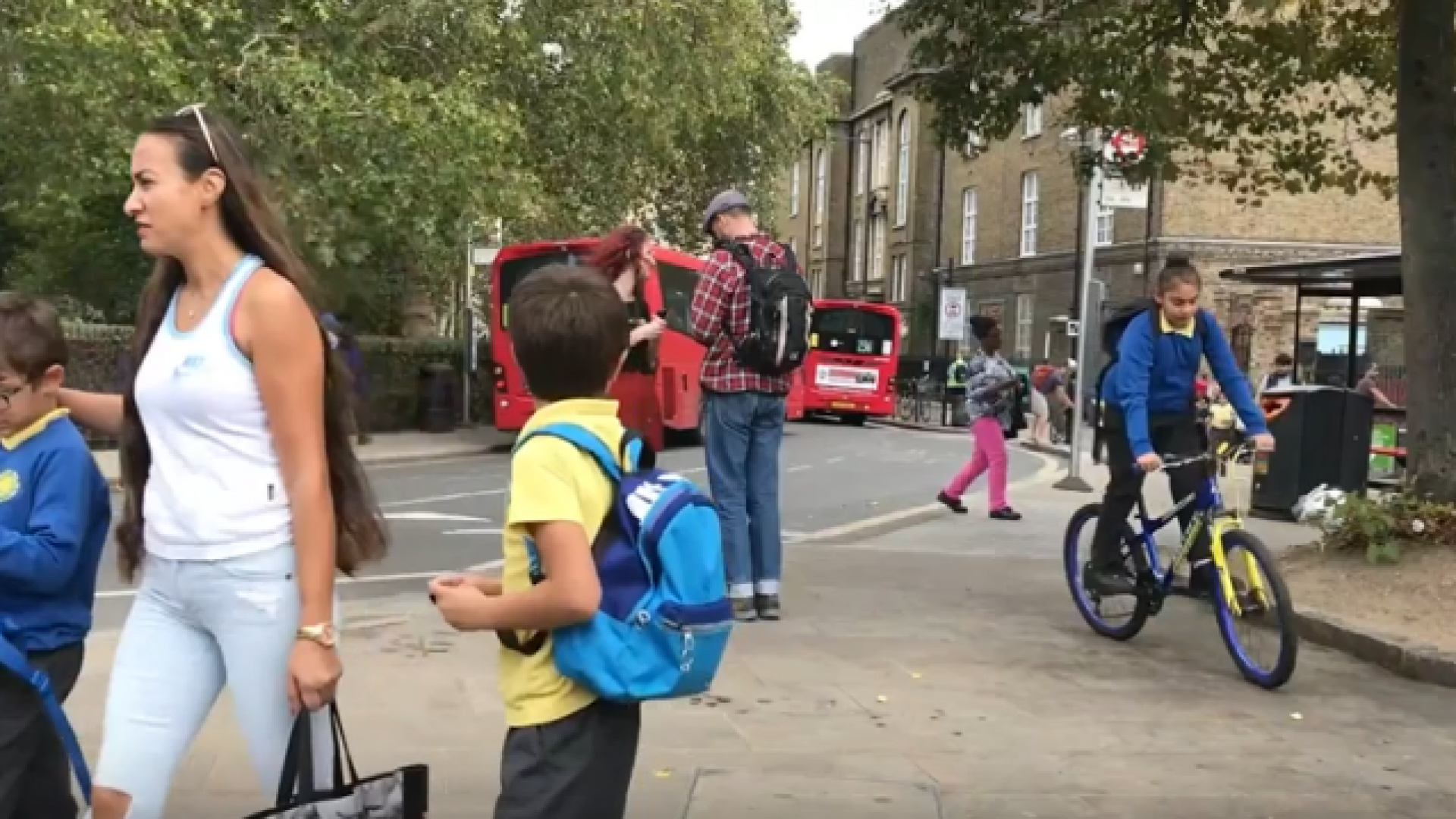When travel to school feels safe, families choose walking, scooting or cycling over driving. For children, this means that over the years, they can develop a sense of independent mobility as their route to school feels familiar and safe. It’s an important step for children, preparing them for secondary school.
The big landmark study associated with the issue of independent mobility is the Policy Studies Institute (PSI Report). Looking back over many years, it found that this has all but disappeared. This has great consequences as evidence shows a “startling correlation between children’s well-being and their freedom to travel and play in their local neighbourhood without adult supervision“.
Clare Rogers, the gentle force behind Better Streets for Enfield, once brilliantly illustrated this point by sharing the story of George, a eight year old boy from Sheffield who was walking up to six miles by himself, compared with his great grandson who, today is only allowed to walk to the end of his street at the same age.
The social aspect of being an active part of their environment on the way to school is an important element of children’s development. Most children live fairly locally to their school. The average distance to school for primary age children is 1.6 miles and 3.5 miles for secondary schools. So, the chances of meeting up with classmates or schoolmates on their way to school are high and this should be an opportunity to practice social skills. Active travel to school prompts and enables better social interactions with other people, especially their peers.
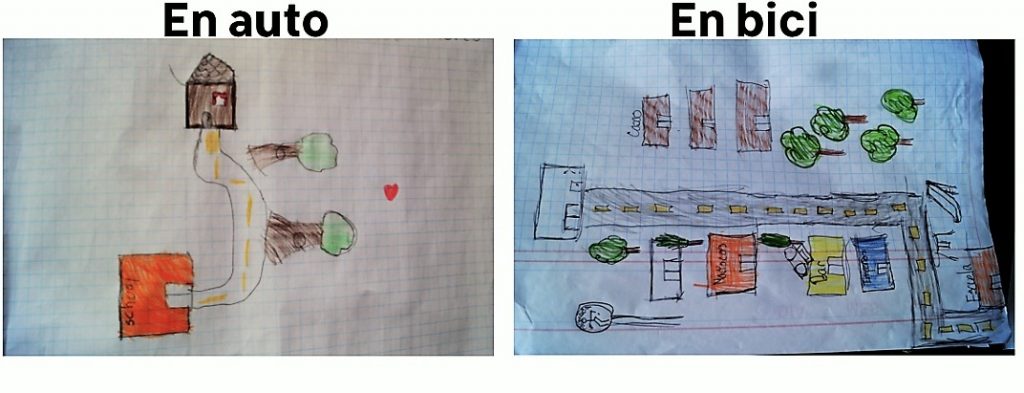
Children are social beings
Children cycling and walking have a better understanding of their surroundings and their place within. They navigate better and notice more. In contrast , systematically driving to school is anti-social. It puts a distance between children and their surroundings as well as creating unnecessary conflict with other road users who all share a limited space. Finally, active travel to school is likely to decrease the risks of car dependency in adulthood, which in turn consolidates further social interactions.
